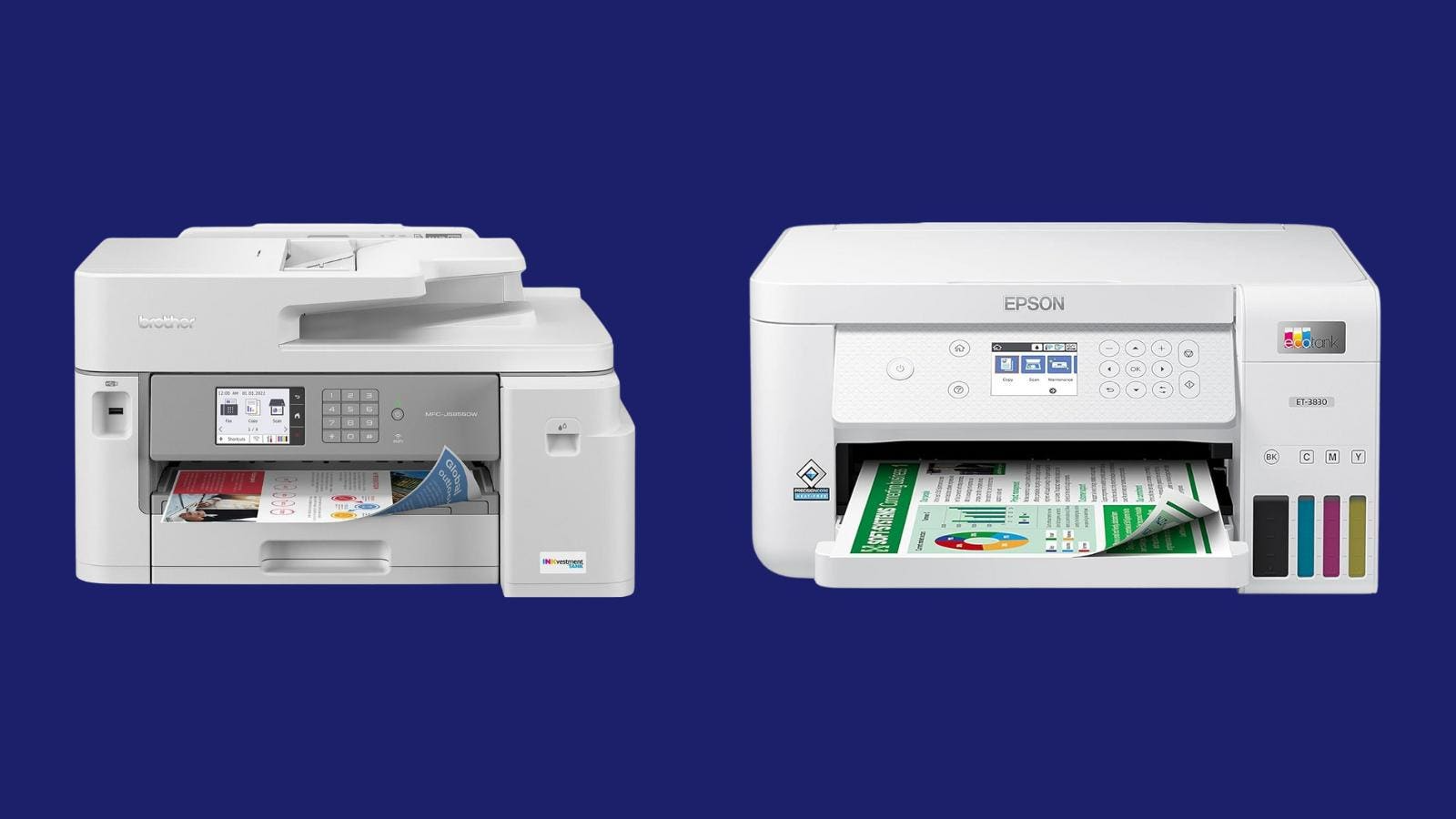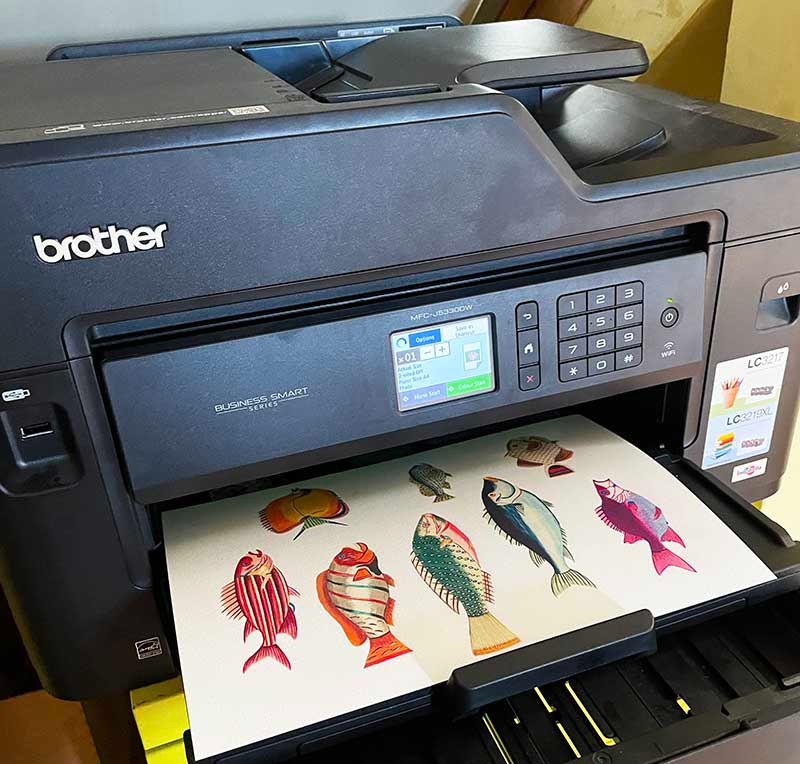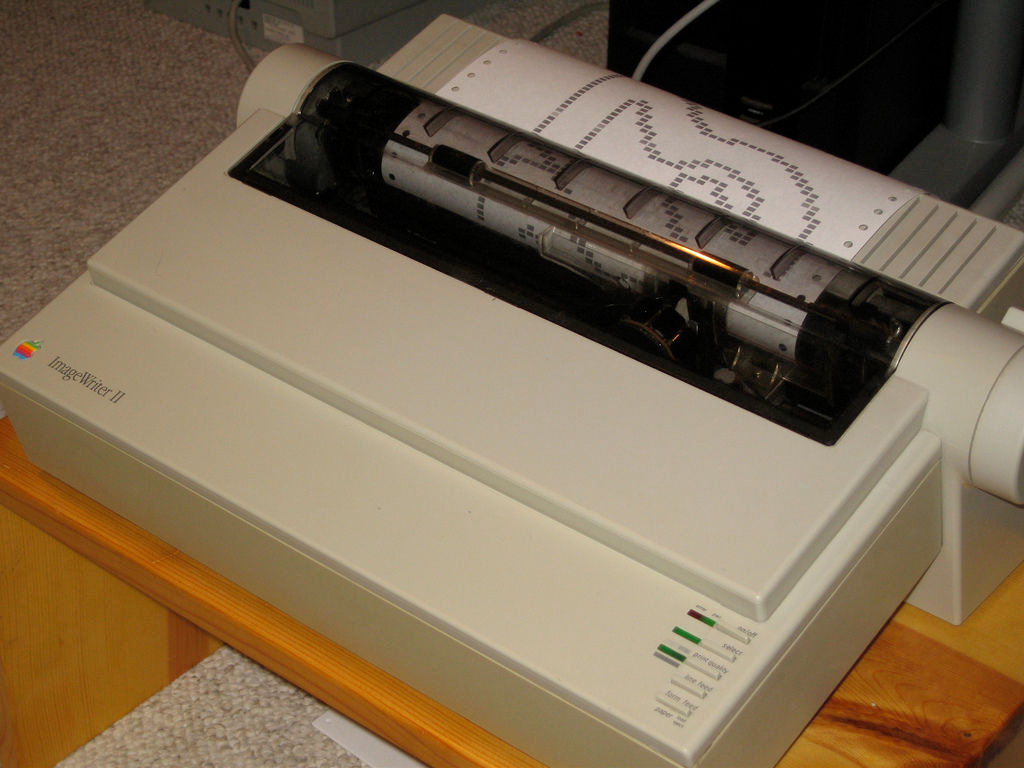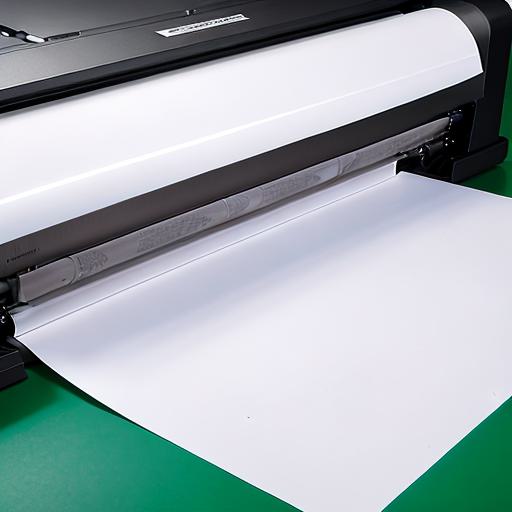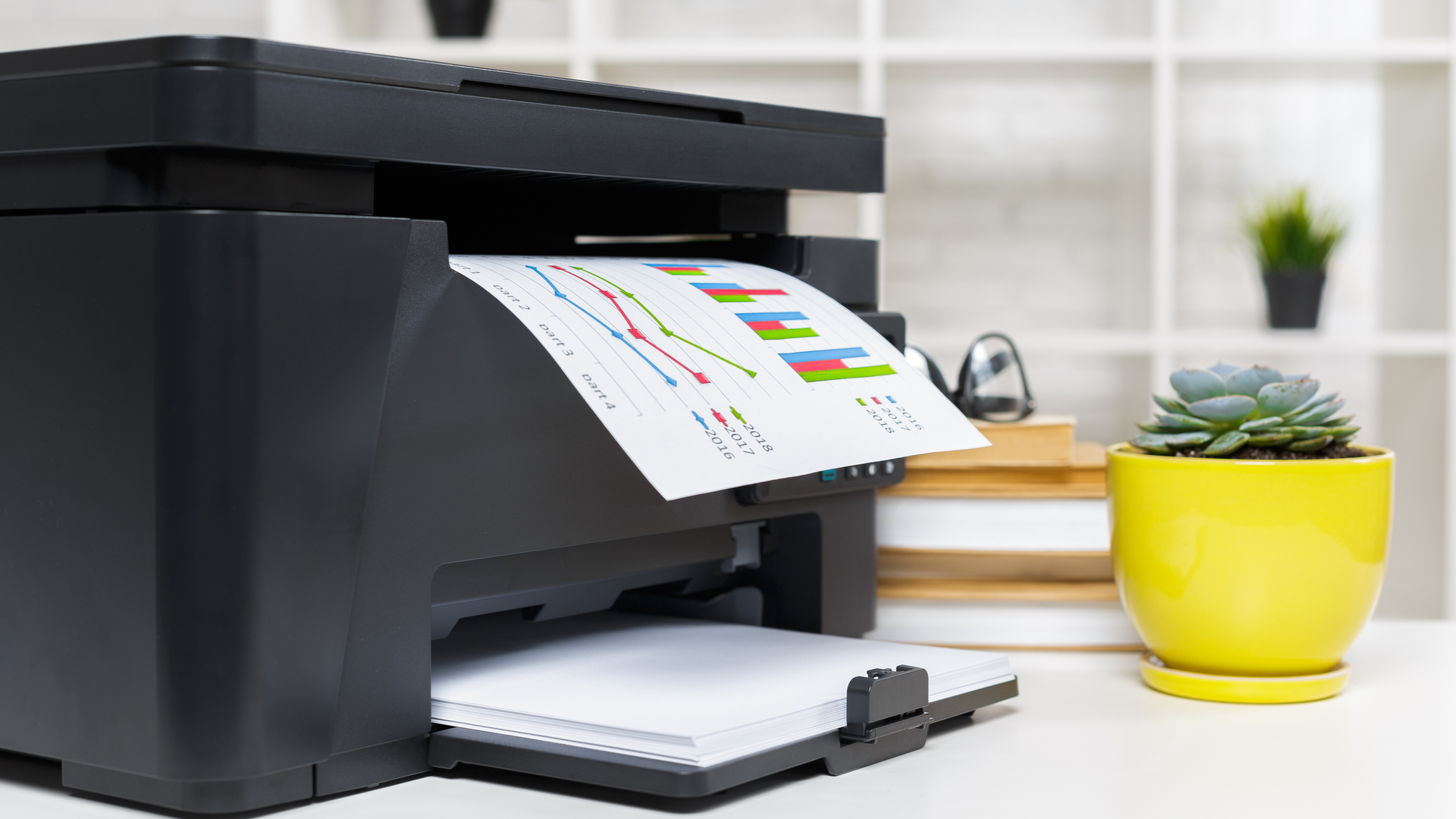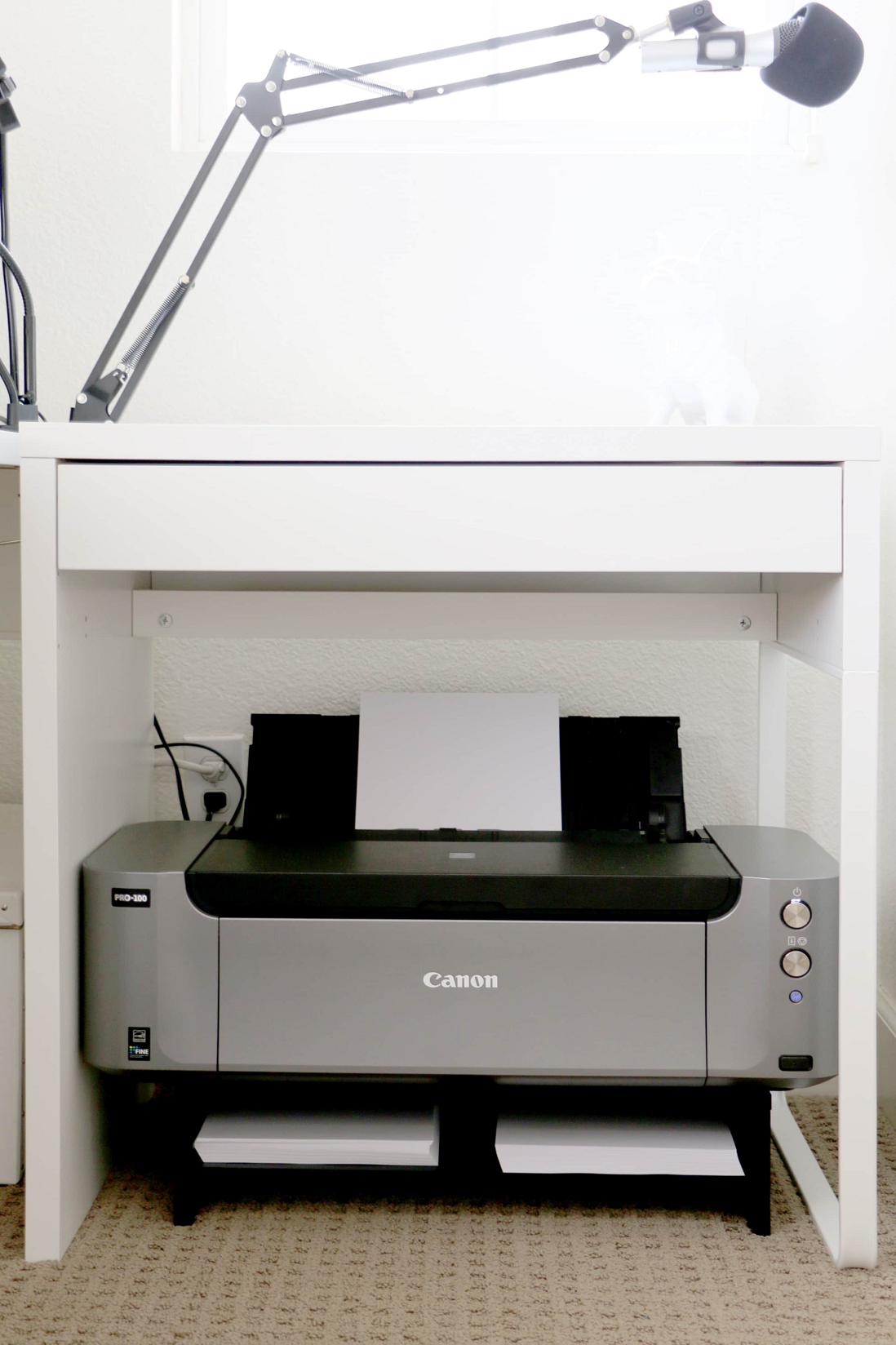In the realm of document printing, the choice of printer paper often goes overlooked, yet it plays a crucial role in the final output’s quality and presentation. From everyday office memos to professional reports and artistic prints, the type of paper you use can make all the difference. This comprehensive guide delves into the world of printer paper, exploring its various types, weights, finishes, and how to select the right paper for your specific printing needs.
Types of Printer Paper
Standard Copy Paper
Starting with the most ubiquitous, standard copy paper, also known as multipurpose paper, is the go-to for everyday printing tasks. It typically has a weight of around 20lb (75gsm) and is designed for general use in inkjet and laser printers. Its versatility lies in its ability to handle text documents, simple graphics, and occasional color prints without compromising print quality or causing jams.
Inkjet Paper
Inkjet paper is specifically formulated to work with inkjet printers, ensuring better ink absorption and drying times. It comes in various finishes, including matte, glossy, and semi-gloss, catering to different print requirements. Glossy inkjet paper is popular for photographs due to its vibrant colors and shiny surface, while matte finish is preferred for non-reflective prints like brochures and flyers.
Laser Printer Paper
Laser printer paper is designed to withstand the heat involved in laser printing processes. It is generally thicker and smoother than standard copy paper, minimizing dust that could interfere with the printer’s operation. Its resistance to smudging and quick drying properties make it ideal for high-volume printing of documents with sharp text and fine lines.
Paper Weight and Thickness
Understanding paper weight is crucial when selecting the right printer paper. Paper weight is measured in pounds (lb) in the US and grams per square meter (gsm) internationally.
Lightweight Papers
Lightweight papers, usually below 60gsm (20lb), are cost-effective and suitable for general office use. They are easy to handle and store but may not provide the best results for double-sided printing due to ink show-through.
Medium Weight Papers
Papers in the 75gsm to 90gsm range offer a balance between economy and quality. They are commonly used for letterheads, reports, and presentations, providing a more professional feel without adding significant weight or cost.
Heavyweight Papers
For a premium look and feel, heavyweight papers, above 100gsm, are the choice. Ideal for resumes, certificates, and high-quality brochures, these papers have excellent opacity, reducing show-through and handling ink or toner with superior clarity.
Paper Finishes
Matte Finish
Matte paper features a non-glossy surface that reduces glare, making it perfect for reading-intensive documents and prints that require minimal reflection. It provides a soft, elegant look and is often used for professional reports and artistic prints.
Glossy Finish
Glossy paper, as the name suggests, has a shiny surface that enhances colors, producing vivid and lifelike images. This finish is best suited for photographs, posters, and any print where visual impact is paramount.
Textured and Specialty Finishes
For a unique touch, textured papers mimic various surfaces like canvas, linen, or watercolor paper. These are popular among artists and designers looking to add a tactile element to their prints. Additionally, there are specialty papers like vellum, transparent, and metallic finishes, catering to specific creative projects.
Choosing the Right Paper for Your Needs
Choosing the right paper for your printing needs involves considering several factors to ensure the best results. Here are some key points to guide your selection:
Printer Type
First and foremost, ensure the paper you choose is compatible with your printer. Inkjet printers require inkjet-specific paper to prevent smudging, whereas laser printers work best with laser-compatible paper designed to handle heat.
Purpose
Consider what you’re printing. For everyday documents, standard paper is sufficient. If you’re printing photos, opt for photo paper with the desired finish (glossy, matte, etc.). For professional documents like resumes or presentations, consider using a heavier, higher-quality stock.
Finish
The finish of the paper affects the look and feel of the print. Glossy finishes are great for photos with vivid colors, while matte or satin finishes are better for reducing glare and fingerprints, suitable for reading materials and artwork.
Weight
Paper weight, measured in GSM (grams per square meter) or pounds (in the US), indicates thickness. Heavier papers are generally sturdier and more suitable for items like cards or brochures. Standard printer paper is around 80gsm, while cardstock can be 200gsm or more.
Texture
Special textures like linen or laid finishes can add a tactile element to your prints, enhancing the overall presentation. These are commonly used for invitations or letterheads.
Brightness and Whiteness
Brightness refers to how much light the paper reflects, while whiteness pertains to its color tone. Higher brightness levels (measured on a 1-100 scale) make colors appear more vivid. For professional documents, a bright white paper is often preferred.
Eco-Friendliness
If sustainability is a concern, look for paper made from recycled materials or certified by organizations like the Forest Stewardship Council (FSC).
Cost
While specialty papers can significantly enhance the final product, they also tend to be more expensive. Balancing quality and budget is essential.
By taking these factors into account, you can select the paper that best fits your specific printing project, resulting in a professional and visually appealing outcome. Always refer to your printer manual for recommended paper types and weights to optimize print quality and avoid jams or other issues.
Conclusion
In conclusion, selecting the appropriate printer paper is crucial for achieving desired outcomes in your printing tasks, whether it’s for everyday documents, professional presentations, or creative projects like photo printing. By carefully considering factors such as printer compatibility, intended use, finish, weight, texture, brightness, eco-friendliness, and cost, you can ensure that your printed materials not only look their best but also meet any specific requirements or preferences.
Remember, the right paper choice enhances the visual appeal, readability, and longevity of your prints. It contributes to a professional image in business communications and adds a personal touch to creative projects. Don’t hesitate to experiment with different types to find what works best for your unique needs, and always prioritize quality that aligns with your budget. Ultimately, understanding the characteristics of various paper options empowers you to make informed decisions, leading to successful and satisfying printing experiences.
